
Running a successful auto shop requires not only technical expertise but also effective communication and customer service.
However, common advisor errors can set back customer satisfaction and shop efficiency, noted Rick White, president of 180 Biz.
He highlighted two common advisor errors during his presentation at the Midwest Auto Care Alliance Hi-Tech Training & Expo in Kansas City.
Error 1: Not understanding expectations
One of the most frequent mistakes advisors make is failing to understand the customer’s expectations when they request a service.
White emphasized the importance of asking “why” when a customer asks for a specific service. For instance, a customer might come in with a noise in their engine and believe that an oil change will resolve the issue.
“Now, if you’re not aware of that expectation and you change the oil and either the noise doesn’t go away, or it gets worse,” then you’re in for a problem with the client, White noted.
To avoid this error, advisors should always inquire about the reason behind the service request. A simple question like, “What’s driving this service today?” can reveal whether the service is routine or if there’s an underlying issue that needs attention, White noted.
This approach ensures that the advisor addresses the customer’s actual needs and prevents potential misunderstandings, he added.
Error 2: Failing to communicate
Another common error involves not communicating additional costs to the customer.
White shared an example involving a customer named Sherry with a Ford pickup needing spark plug replacements. He explained that it’s not a matter of if a spark plug will break, but how many will break during the process. White informed Sherry that the cost might exceed the initial estimate due to potential complications. Sherry understood this.
However, when the technician, Chad, broke three spark plugs and needed extra time to remove them, White forgot to call Sherry to inform her of the additional costs.
Now Sherry comes in to pick up her vehicle. But the quoted price is much higher than she expected, even though she was aware the cost could go up. So the oversight of not informing the customer led to a significant discrepancy between the estimate and the final invoice.
“We had a rule in my shop — it was not a rule; it was a law — the invoice could not be one penny more than the estimate,” White said.
So with a gap between the estimate and final price, White ate the cost, not charging for the additional work. He emphasized the importance of valuing customer relationships over immediate profits. Even if Sherry offered to pay the new, higher cost, White would refuse, prioritizing the long-term relationship.
“It’s funny, people say ‘Always come in under your estimate.’ You want to really impress somebody? Have your invoice come to the penny of your estimate,” White added as an aside. “People are shocked that you’re that accurate.”

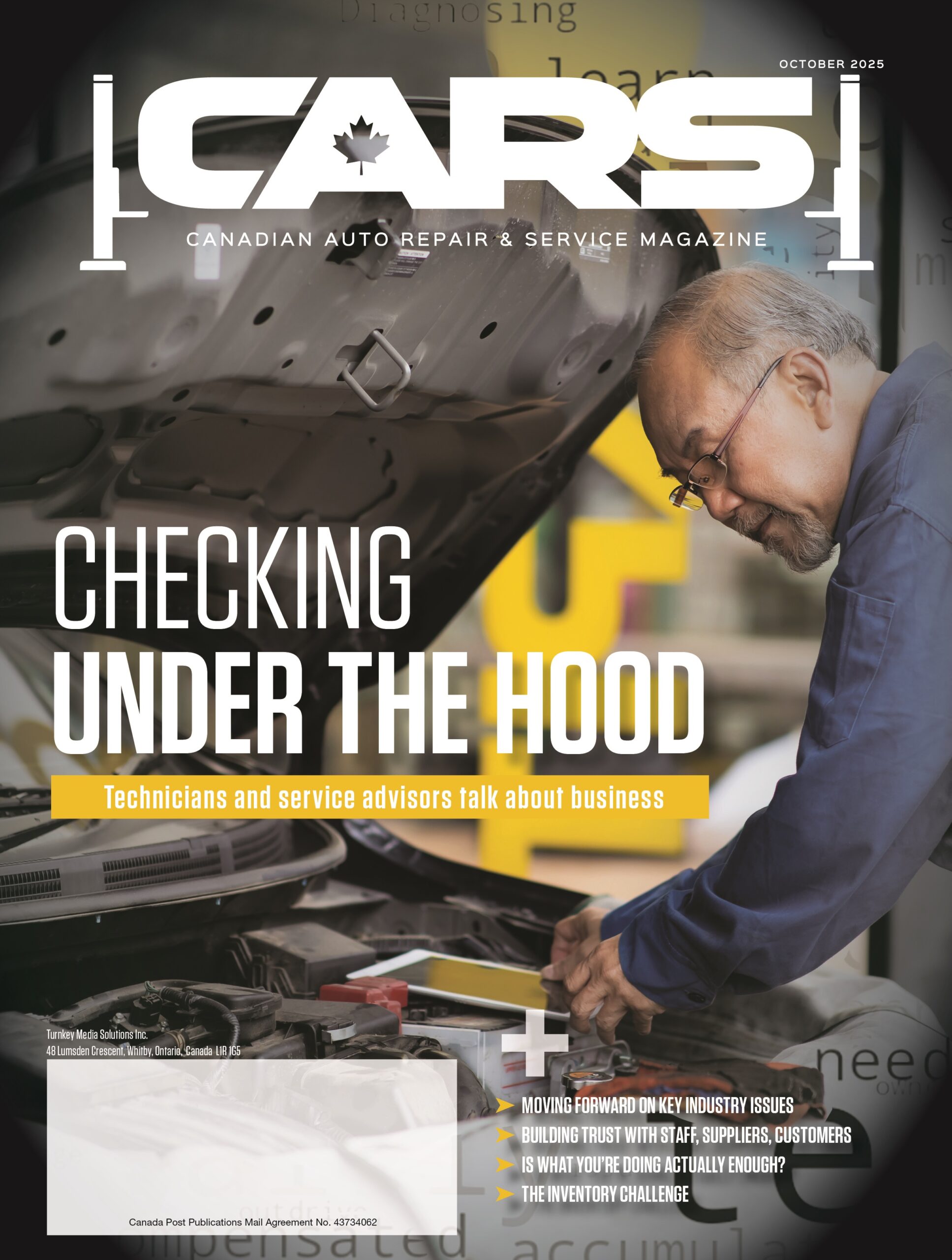
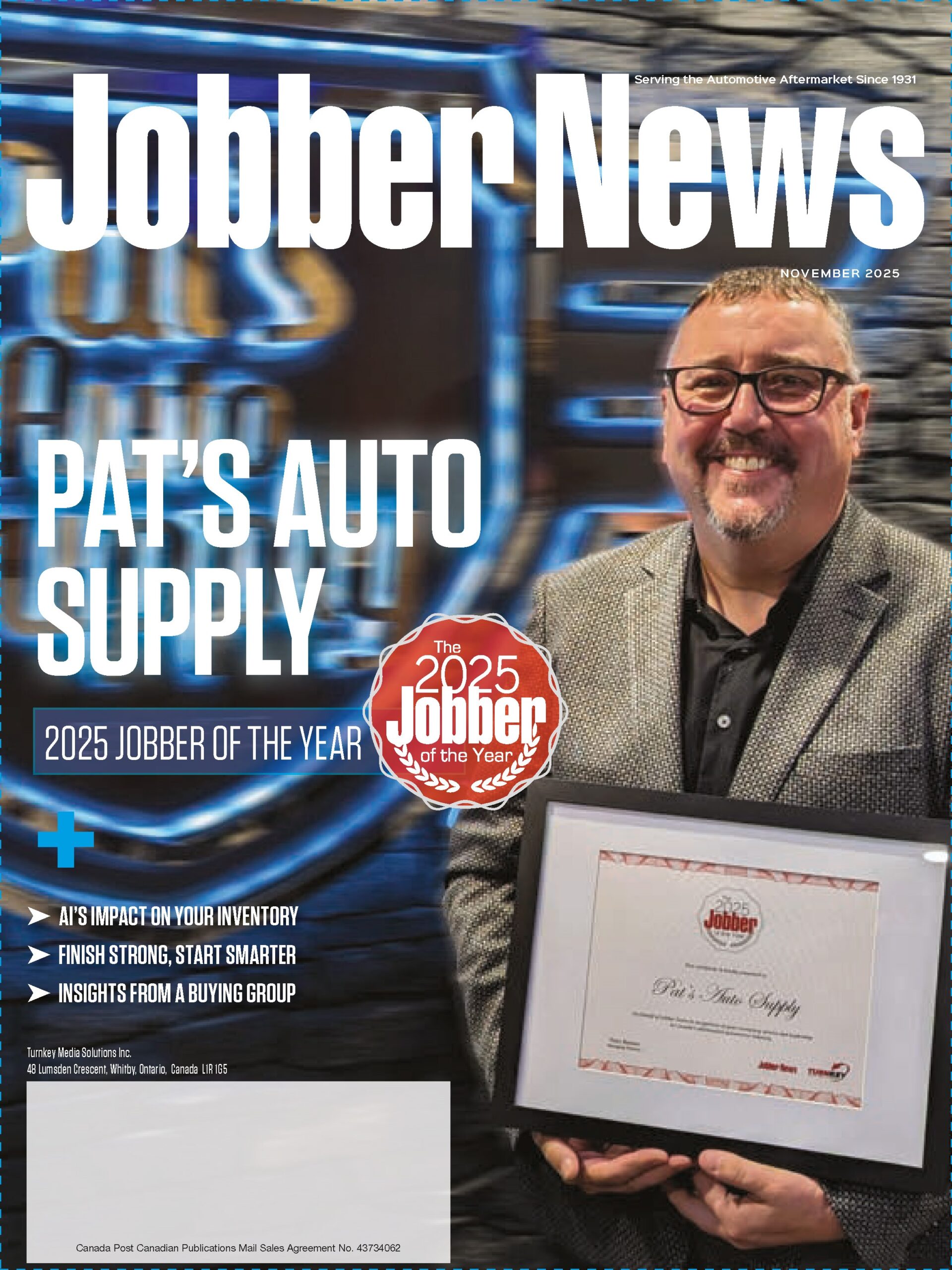
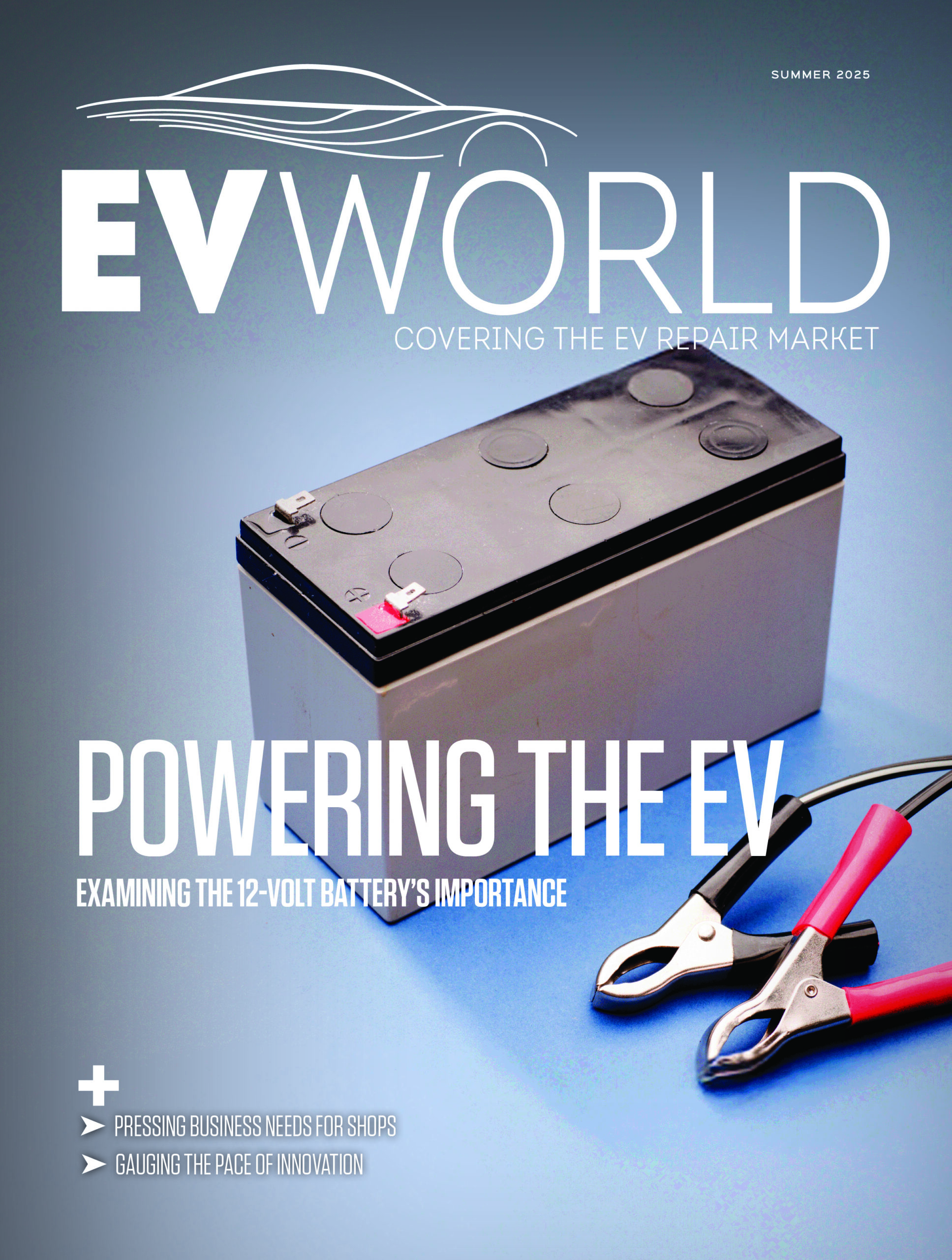




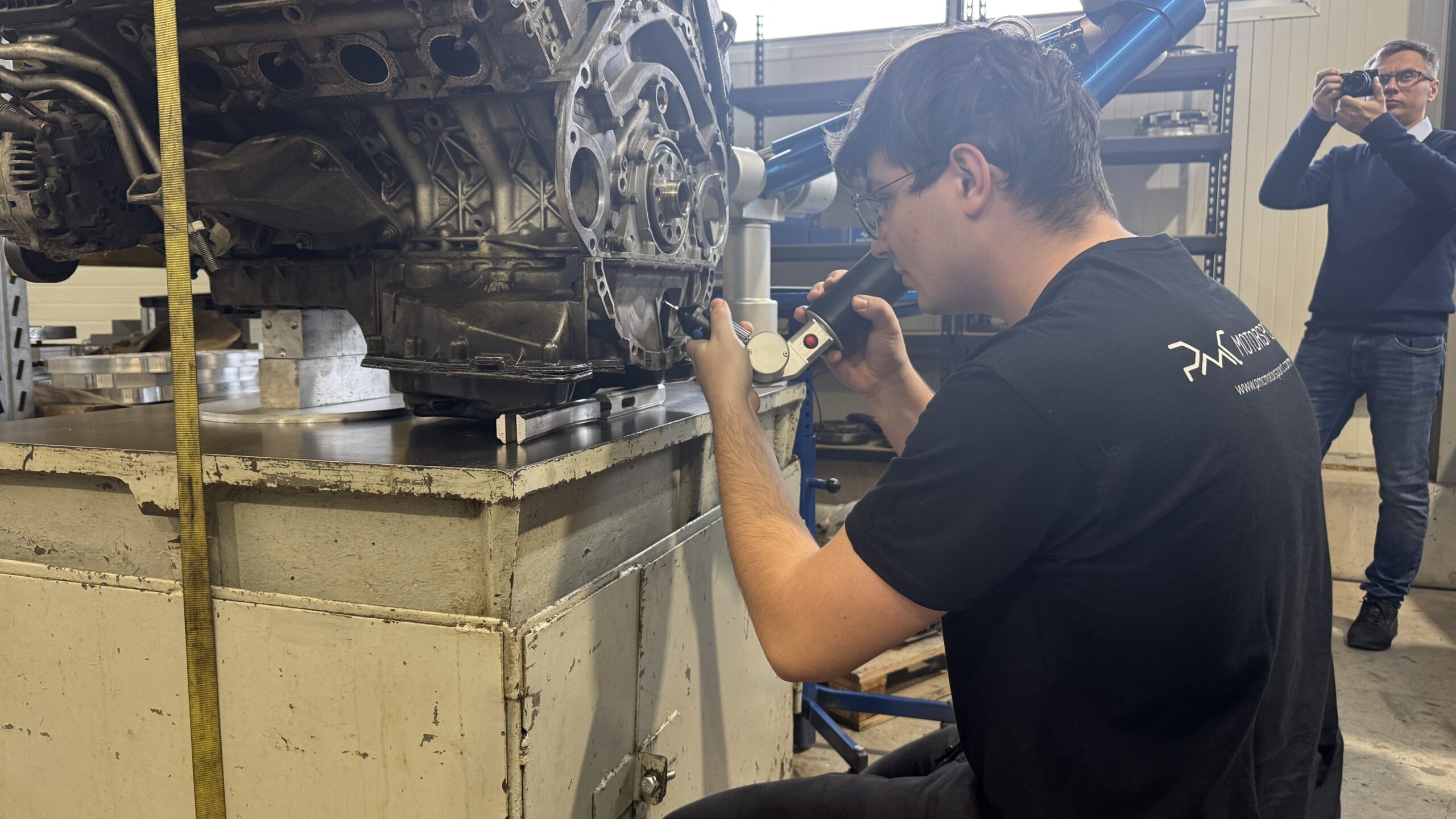
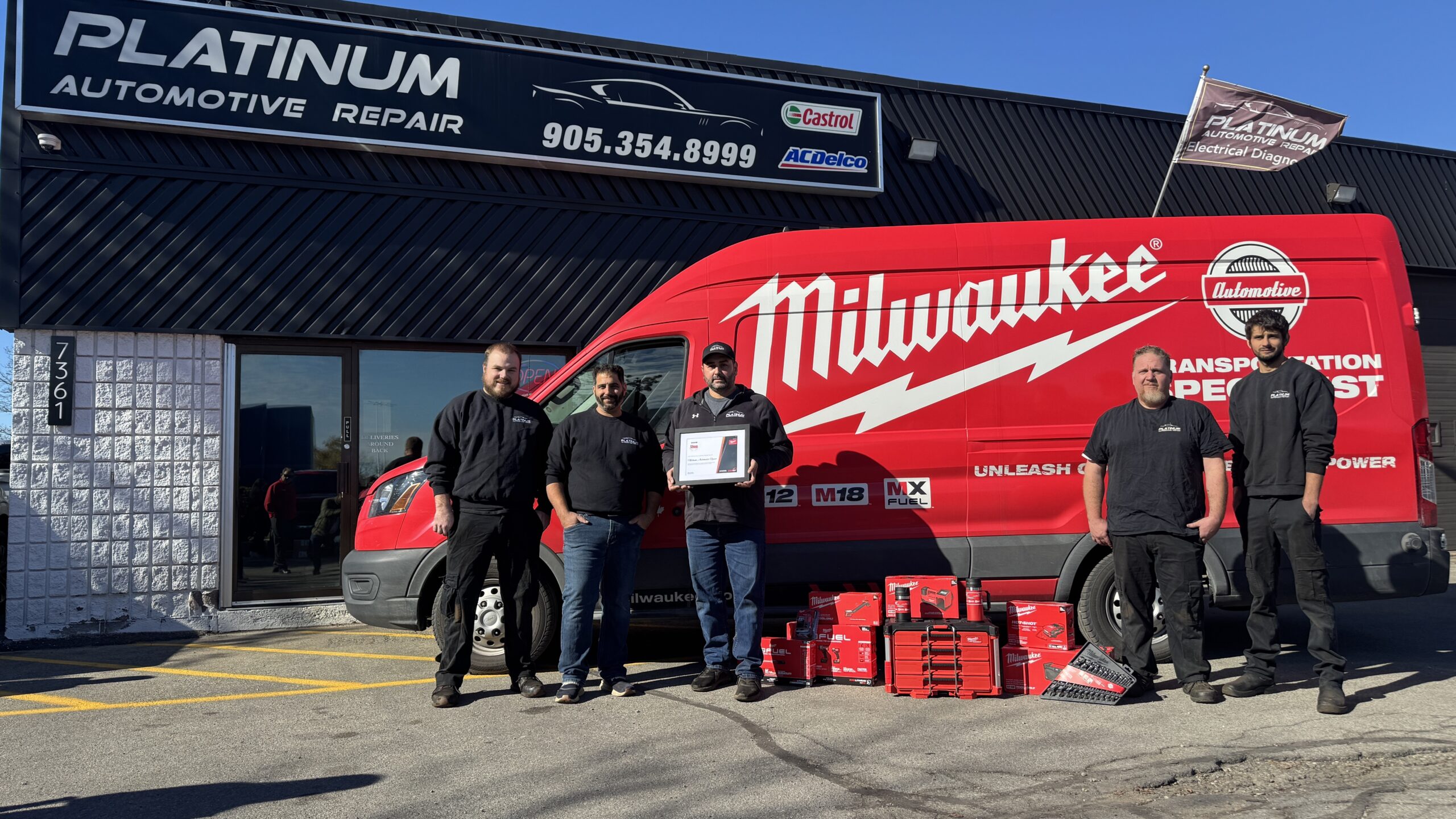
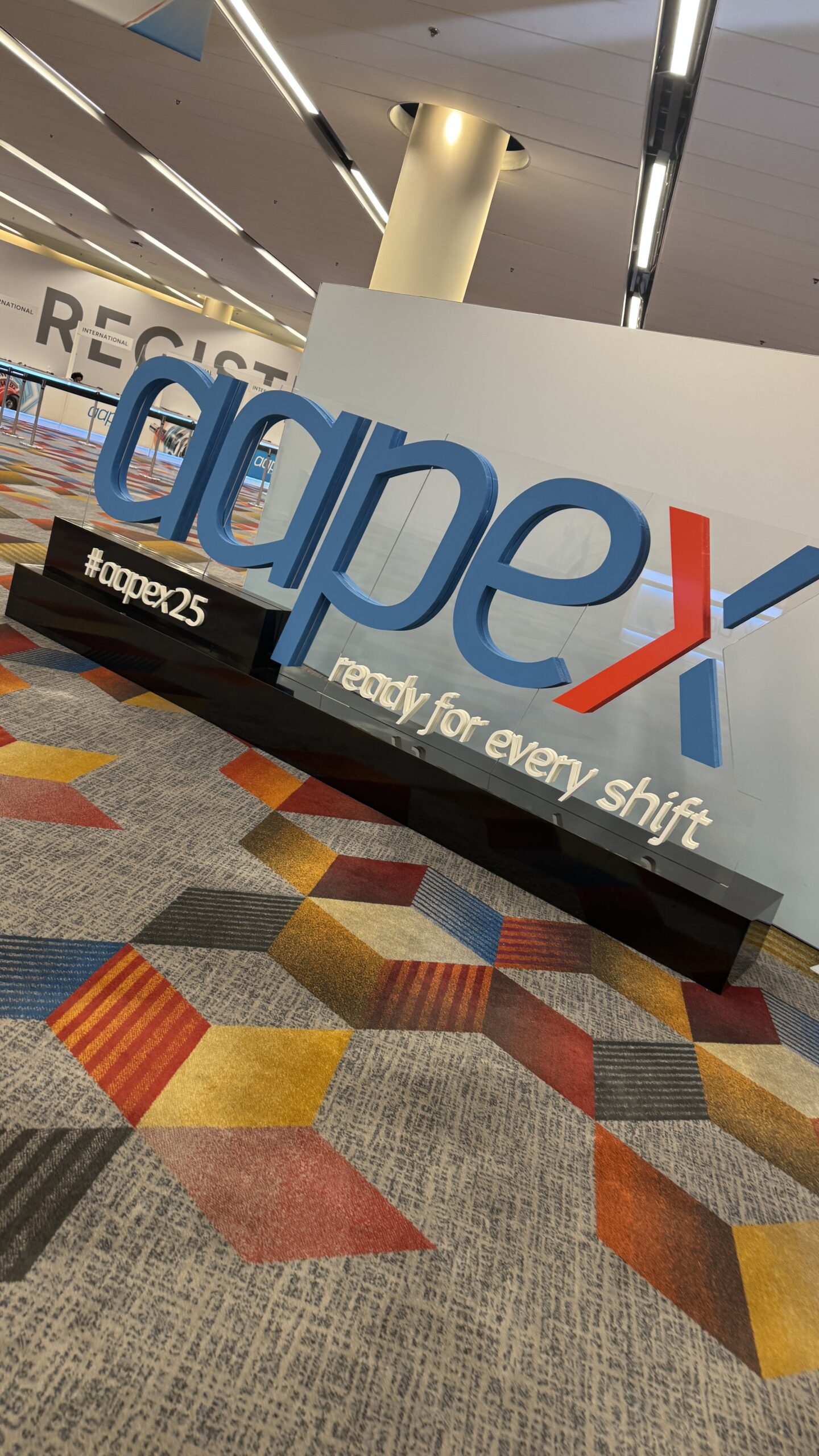


Leave a Reply